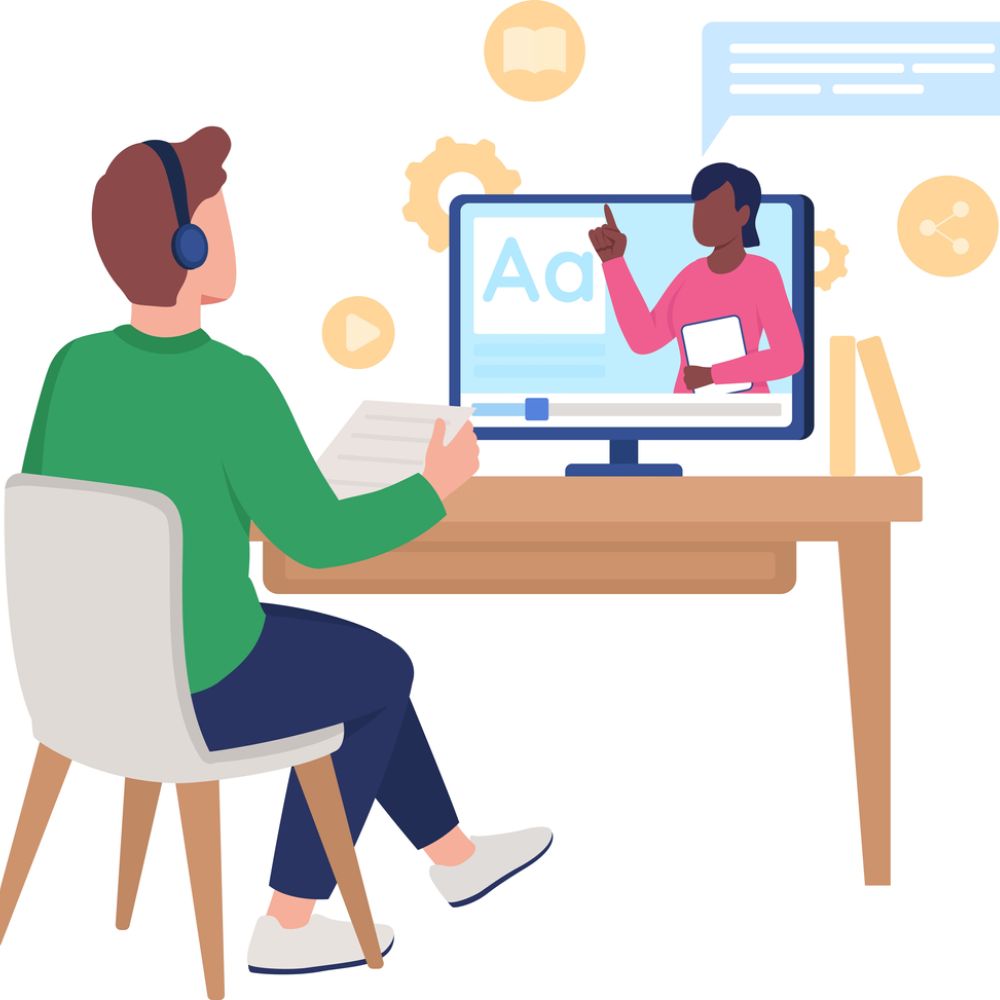The Role of 2D Animation in E-Learning

The Role of 2D Animation in E-Learning
renew_57
November 30, 2023
The Role of 2D Animation in E-Learning

Introduction
E-Learning has become an integral part of education and training, offering flexible and engaging learning experiences. Among the various tools and techniques used in e-learning, 2D animation stands out as a powerful and effective tool. In this blog, we’ll explore the crucial role that 2D animation plays in e-learning and how it enhances the learning process.
Visual Engagement
One of the key advantages of 2D animation in e-learning is its ability to engage learners visually. Complex concepts and abstract ideas can be made more accessible and understandable through animated visuals. Whether it’s explaining a scientific process, demonstrating historical events, or simplifying intricate data, 2D animation brings content to life in a way that static text or images cannot.
Enhanced Retention and Comprehension
Research has shown that visuals, especially animated ones, can significantly improve retention and comprehension. Animated visuals help learners grasp information more effectively by breaking down complex ideas into digestible segments. The combination of visuals, audio, and text in 2D animations creates a multisensory learning experience that appeals to various learning styles.
Storytelling and Context
2D animation excels in storytelling and providing context to educational content. Narratives and characters can be integrated into animations, making the learning experience more relatable and memorable. Learners can connect with characters and scenarios, making it easier to remember and apply what they’ve learned.
Interactivity and Engagement
Interactive 2D animations take e-learning to a new level. Learners can actively engage with the content by interacting with on-screen elements, making choices, or solving problems presented in the animation. This interactivity promotes active learning, critical thinking, and problem-solving skills.
Accessibility and Inclusivity
2D animations can be designed to be inclusive and accessible to a wide range of learners, including those with disabilities. Features like subtitles, alternative text for visuals, and voiceovers can ensure that the content is accessible to all, making e-learning a more inclusive platform.
Cost-Effective and Scalable
Compared to 3D animation, 2D animation is often more cost-effective and faster to produce. This makes it a practical choice for e-learning content development, allowing educational institutions and businesses to create a wide range of educational materials efficiently.
Conclusion
2D animation has proven to be a valuable asset in e-learning, enhancing engagement, retention, and comprehension. Its versatility, interactivity, and accessibility make it a versatile tool for delivering educational content in a captivating and effective manner. As e-learning continues to evolve, 2D animation will remain a cornerstone of effective online education, helping learners of all ages and backgrounds acquire knowledge and skills in an engaging and memorable way.
Try Our Services
Lorem ipsum dolor sit amet, consectetur adipiscing elit. Ut elit tellus, luctus nec ullamcorper mattis pulvinar.
- Puputan Renon East ST. 1190, Bali
- (+62) 123-321-543
- madesign@support.com
Categories
Post navigation
Previous Post
 Art in the Digital Age: The Rise of 3D Selfies
Art in the Digital Age: The Rise of 3D Selfies



